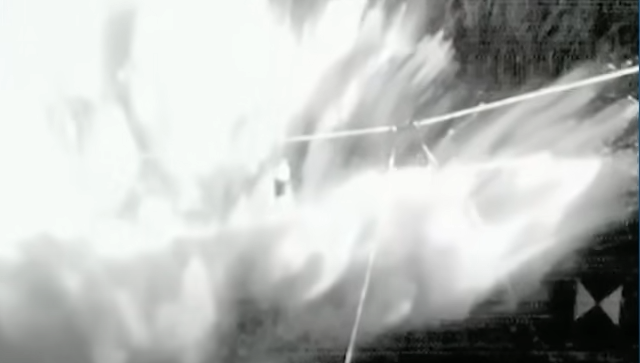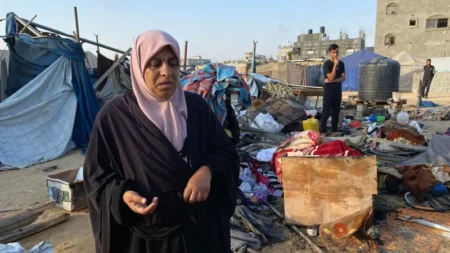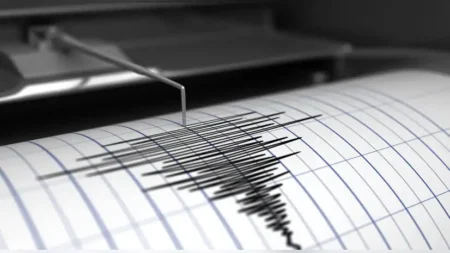The Pentagon has released a video demonstrating the destructive force of the bunker blaster bomb used in recent airstrikes on Iranian nuclear sites. The video reveals how the 30,000-pound GBU-57 Massive Ordnance Penetrator, known as the bunker blaster, targeted underground facilities with high precision.
In the footage, the bomb hits a deep target, sending up a cloud of dust. It then explodes within the underground shaft, causing intense flames. U.S. Air Force pilots who participated in the operation described the explosion as unlike anything they had seen. One pilot said the blast turned night into day, showing how bright the impact was.
At a Pentagon briefing, Lieutenant General Dan Kane explained that this is not a typical bomb. It penetrates deep into the earth before exploding, leaving no visible crater on the surface. He said this advanced version of the bomb aims to destroy fortified underground targets while avoiding surface-level damage.
General Kane also mentioned that six bombs were dropped on each air vent of Iran’s Fordow uranium plant. He claimed that all hit their intended targets and that the internal pressure and heat destroyed key equipment in the tunnels.
Iran’s foreign minister, Abbas Araghchi, confirmed that the attacks caused severe damage to the country’s nuclear sites. Speaking to a state media outlet, he said Iran’s Atomic Energy Organization is still evaluating the extent of the harm.
However, Iran’s Supreme Leader previously stated that these attacks failed to stop the country’s nuclear program.
Before the attack, Iran claimed it had removed its stockpile of enriched uranium from the targeted sites. But this has raised a new question: where is the uranium now?
The uranium in question is enriched up to 60 percent, making it Iran’s most valuable nuclear asset. According to the International Atomic Energy Agency (IAEA), storing such material in one place would not be a smart decision. Most of the stockpile was believed to be in Isfahan.
IAEA chief Rafael Grossi said earlier this week that the agency does not know if all the uranium was moved, but evidence suggests that a large portion was taken elsewhere. European officials also said their early assessments match this conclusion, though they don’t know the exact new location.
Iran has yet to comment on the current location of the uranium.
Meanwhile, U.S. intelligence agencies estimate that restoring the damaged nuclear facilities could take years. They believe restarting the centrifuges at Fordow will be especially difficult, which could slow down Iran’s ability to enrich uranium further.
The situation has created global uncertainty over Iran’s nuclear future. While the airstrikes may have delayed progress, they have also raised concerns about the next steps in Iran’s nuclear plans and how the international community will respond.
With Iran not sharing details and nuclear inspectors unsure about the uranium’s location, the global spotlight remains on the country. The recent events have once again brought attention to the ongoing tensions surrounding nuclear development in the region.
As the investigation continues, experts warn that the world must remain alert to the possibility of hidden stockpiles and new secret locations. The coming months will likely bring more answers—or more questions—about the full impact of the bunker blaster and Iran’s nuclear path forward.







